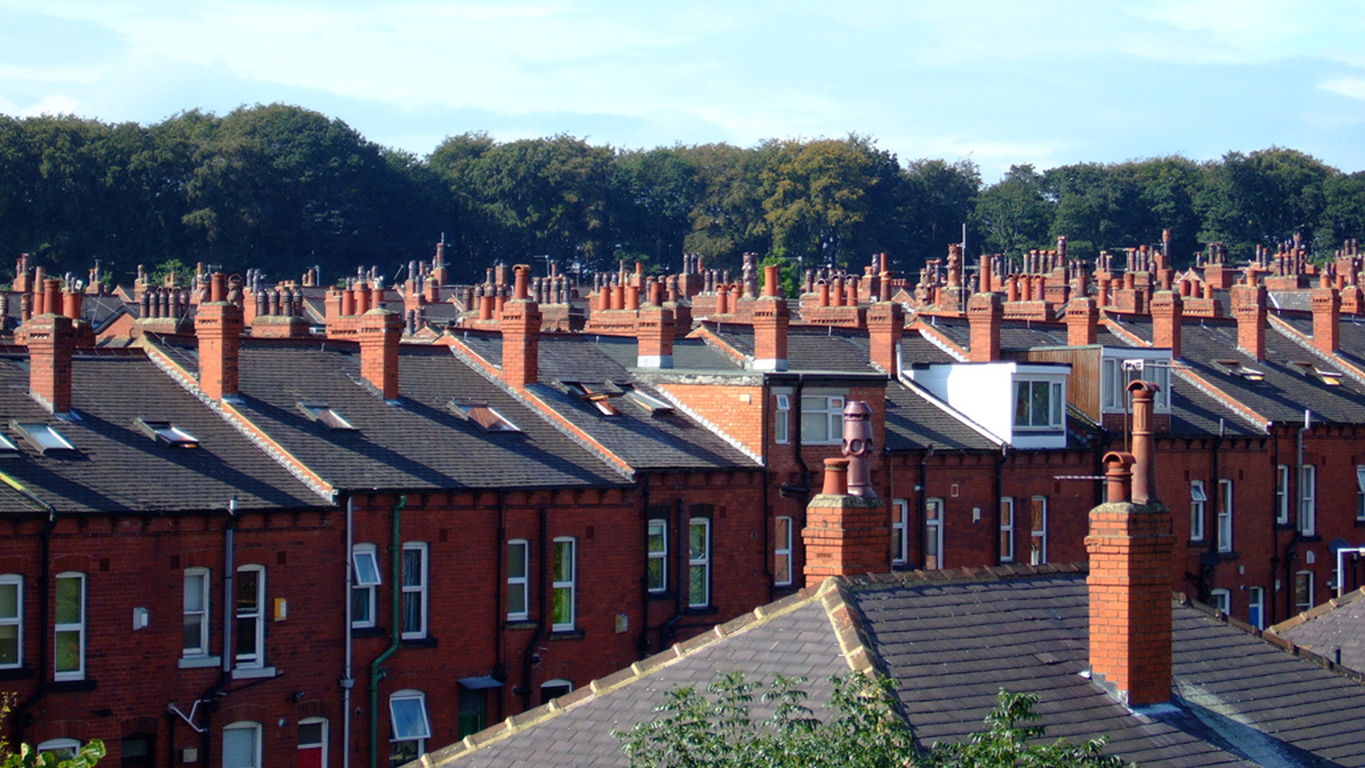Just last month my colleague Kevin Fenton outlined how critical good quality housing is to good public health.
In a blog he championed the multi-faceted work being undertaken by PHE to reduce the impacts of poor, unsuitable housing on physical and mental health as a vehicle to reduce health inequalities and the associated demands on health and social care.
Good, well-designed and constructed housing is also critical in mitigating the risks that climate change poses in the UK. Studies have shown that in the UK we tend to spend about 90% of our time indoors, some work has identified that could be as high as 95%, and that about 66% of that indoor time is at home.
This could be a problem, when you consider that in the UK climate change could amplify existing health risks related to building overheating, indoor air pollution, flood damage and biological contamination.
To assess just how big an issue this may become in the future, I and a number of my colleagues have written a new paper in which we explore the public health risks of climate change in homes and the potential benefits of climate change mitigation and adaptation.
Our paper suggests that new buildings should be designed to address the potential health effects, but also to minimise the use of fossil fuels which contribute to both climate change and poor air quality. New buildings should also make more use of low carbon energy sources and can incorporate technologies, that help reduce energy use, and therefore the impact of the built environment on our climate.
The focus is not just on new homes. It is estimated that 70% of the existing UK housing stock will still be available in 2050; so we will need to consider collectively how best to adapt our homes to our future climate. How can people protect their homes from getting too hot in summer and yet not too cold in winter without further increasing carbon emissions? We need to reduce thermal losses through good insulation, ensuring windows can be shaded, ventilate appropriately, and remove indoor sources of pollution, such as tobacco smoke. There’s significant guidance within the Heatwave and Cold Weather Plan. But it is important to remember that each solution may have other implications. For example, insulating homes could impact indoor air quality.
Sustainable design principles can also be applied to the outdoor environment and mitigate against the impacts of climate change. Green roofs and green walls can have a cooling effect on buildings, as well as the greening of streets and the provision of shading, which can minimise the impacts of the urban “heat island” effect, in which cities and urban areas are warmer than surrounding rural areas due to human activities, as well as climate change
Our paper explores the pros and cons of potential approaches and highlights that considerable work is needed, both scientifically and structurally to ready UK homes for the effects of changing climate.
We conclude that well thought through and cost-effective adaptation and mitigation measures to homes could minimise the health risks of climate change and possibly even provide health benefits. However, in the longer term, we need the UK building industry to incorporate energy efficiency more comprehensively into building design and ensure homes are properly ventilated and account for the impacts of hot and cold weather.
Of course, this research does not provide all the answers. There is considerable work to do to protect the UK population from climate change in their own homes. It’s an important job but, as the recent Lancet Commission on Health and Climate Change pointed at, this could be another of those significant public health opportunities that climate change mitigation and adaptation bring us.
If we improve our homes to protect against climate health risks, we will reduce health inequalities and even do something towards reducing greenhouse gas emissions. That sounds like a nice win-win-win situation to me.
Image: John Seb Barber


1 comment
Comment by Mark Wray posted on
We at Innovate UK have completed a 4 year £5M programme funding 50 project teams to develop adaptation strategies for their buildings. This rich wealth of data from our "Design for Future Climate (#D4FC)" is freely available via our _connect platform at - https://connect.innovateuk.org/web/design-for-future-climate/overview
We challenged the project teams with considering what were the risks to their buildings due to climate change over the coming century so that they developed strategies on how to adapt the building - considering how, when and crucially why. We have produced a range of presentation materials, project reports and overview reports on how to adapt buildings. Our legacy report asked the crucial question of what is the business case or why should we adapt and how will this become part of mainstream thinking.
Like the author above - we conclude that good quality and informed design are crucial if we are to avoid making costly mistakes with our buildings.